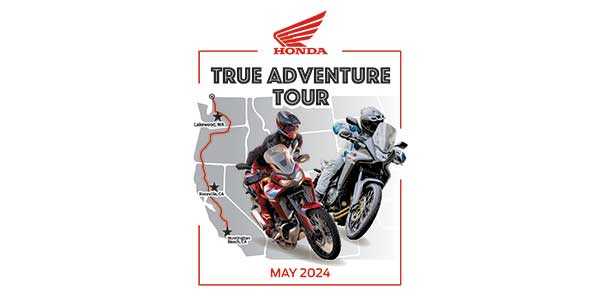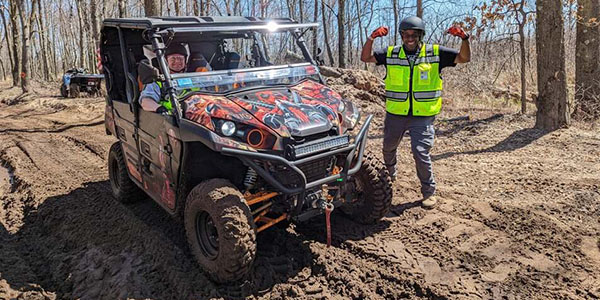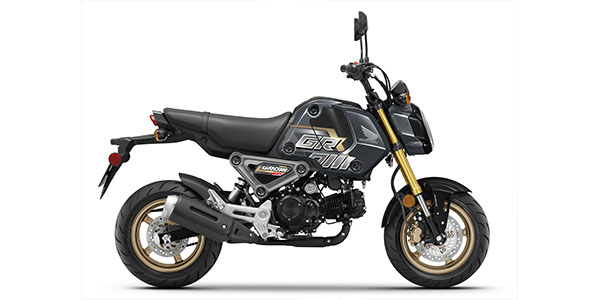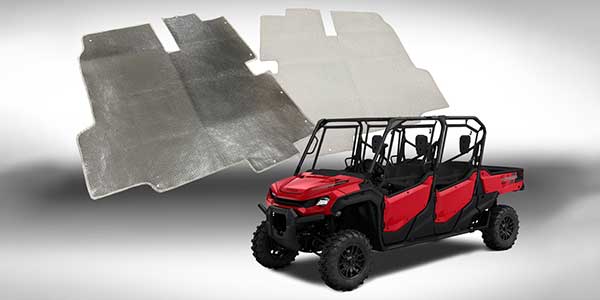The other night, I had my 1977 Yamaha out for a ride; a bike that has self-canceling turn signals. There was nothing new about that. Then I remembered that the brand new FJR1300 I rode last week did not have self-canceling turn signals.
Why is that? Why does a 40-year-old Yamaha have signals that shut off, and a state-of-the-art, modern, sport touring bike that has every possible option to make riding safer and more pleasurable does not? Especially when you consider that Yamaha was, to my knowledge, the first company to put self-canceling signals on their bikes. I remember thinking back then that it was a wonderful idea.
I remember several years ago asking Triumph, a brand that I consider to be premium, why don’t they have self-canceling signals on every bike they manufacture. The answer I got from them was that it would open liability problems, an answer which has never been properly explained to me to this day.
So, back to the Yamaha FJR1300 that I’ve been riding. It doesn’t have self-canceling turn signals. It is 40 years newer than my 1977 Yamaha, yet it doesn’t have something as simple as a turn signal that shuts itself off. Here is a bike that’s packed with all kinds of electronic aids and fantastic features, yet it does not have something they put on bikes four decades ago.
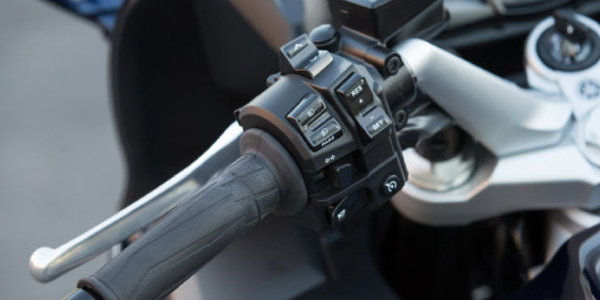
It seems to me that one of the first things on any list of features on any bike that is ridden in traffic should be self-canceling turn signals. Almost none of the bikes we sell have them. Maybe someone at Yamaha can enlighten us. Or Honda, Suzuki, Kawasaki or anyone else.
I realize that a good rider should automatically turn his or her signal off as soon as the lane change or the corner is negotiated, but sometimes we forget. Something attracts our attention at the wrong moment. We’ve all seen bikes traveling by with their turn indicating devices blinking away, as if to say…Idiot…Idiot…Idiot… Who reading this hasn’t had that happen to them?
When these forgetful souls are in traffic and a car approaches, the driver may assume that the rider is going to turn off before they get to where the car is. He may pull into the path of the bike at this point. Sure, it may be that the car driver is later found at fault, but that does not help the rider right then and there. I would much rather see an accident prevented than have any kind of impact occurring.
When are the manufacturers going to wake up? Every single street legal motorcycle that comes into the country should have signals that shut off after 15 seconds or a couple of hundred feet, or some sort of combination of both.
In these days of traction control, ABS and IMUs, it seems to me that a self-canceling turn signal is such a simple thing, and shouldn’t be something we are still talking about. It shouldn’t cost a lot to make this happen, and the benefits would come back manifold.
And while we are on this signal thing, I still feel that this idiotic Honda corporate decision to swap the positions of the signal and horn buttons on some models is extremely dangerous. I believe, (and I’m sure it’s already happened somewhere) it will someday cause injury or death to riders who cannot instinctively get to the correct switch in an emergency situation. Say, for instance, to honk at the car turning in front of them in the example above.
I hate to ask anything of the government, but it’s time for the Department of Transportation to make a regulation cementing the position of the basic controls of motorcycles, as they did with the shift and brake levers way back over 40 years ago. The question is: who else thinks so?










